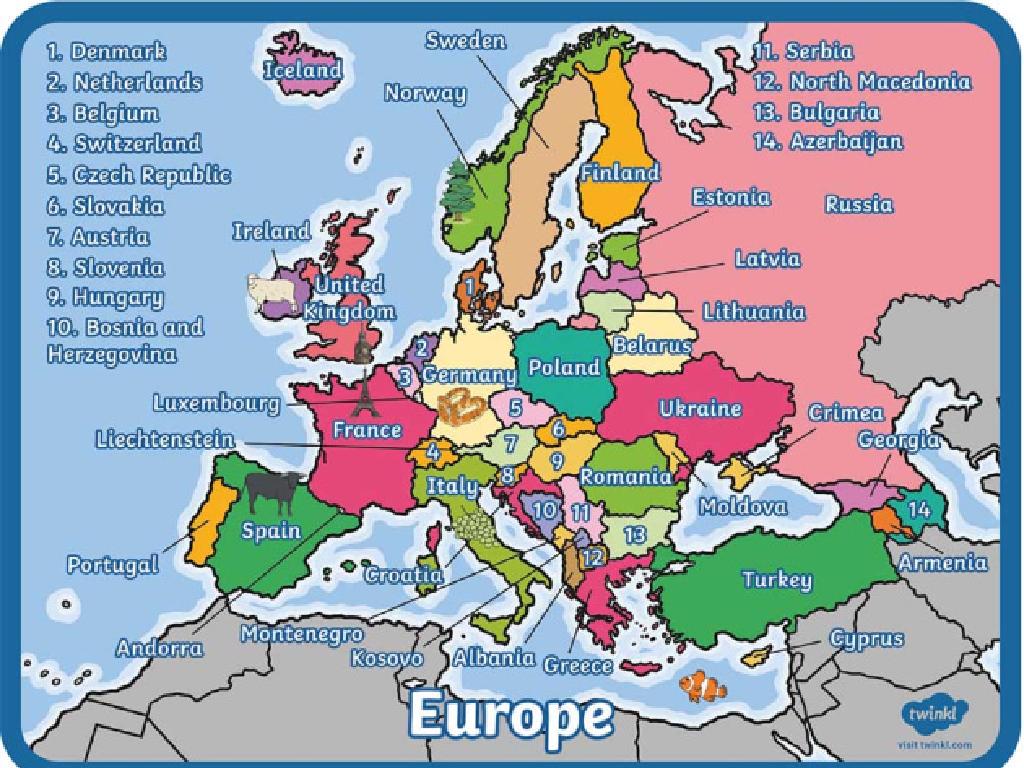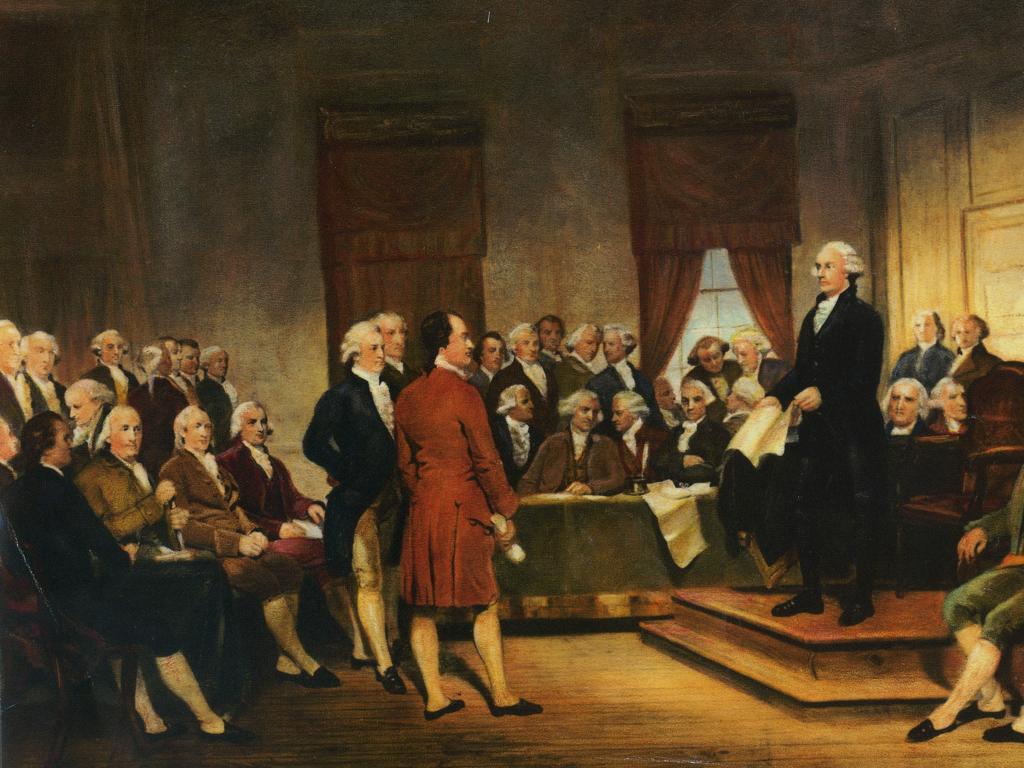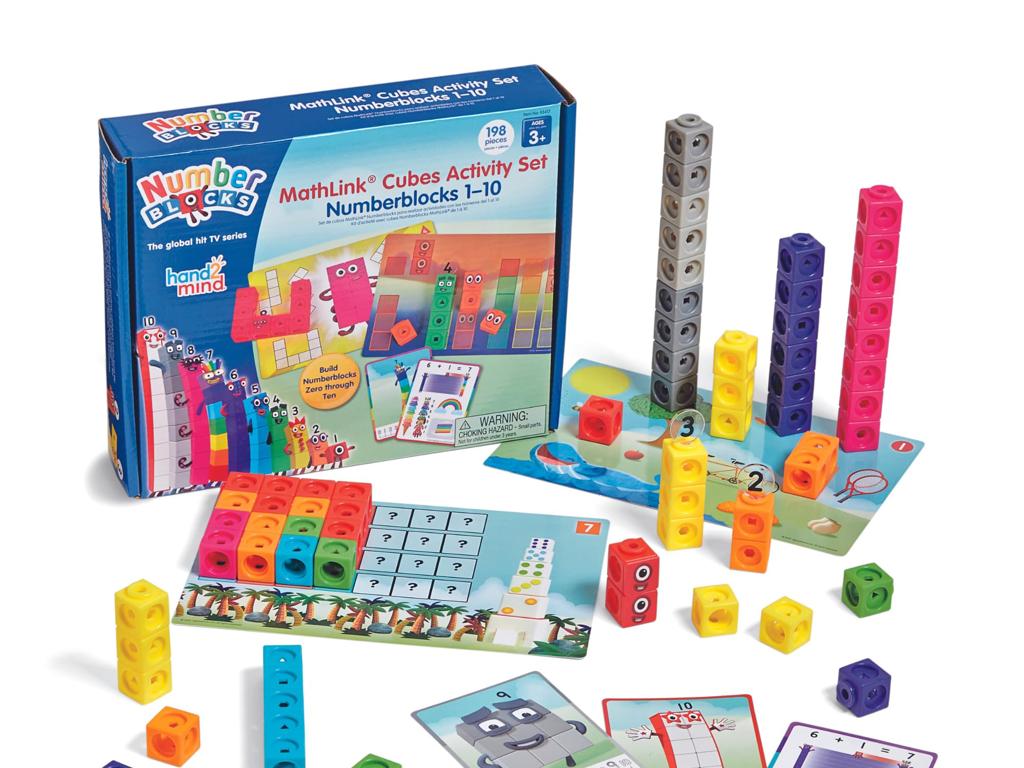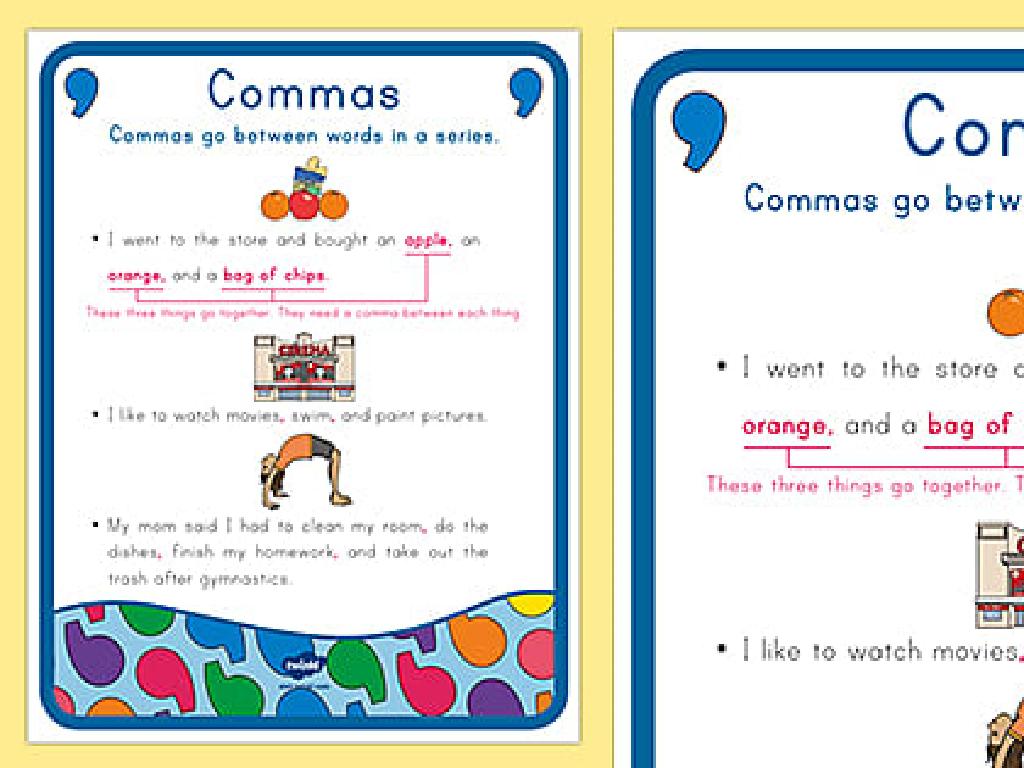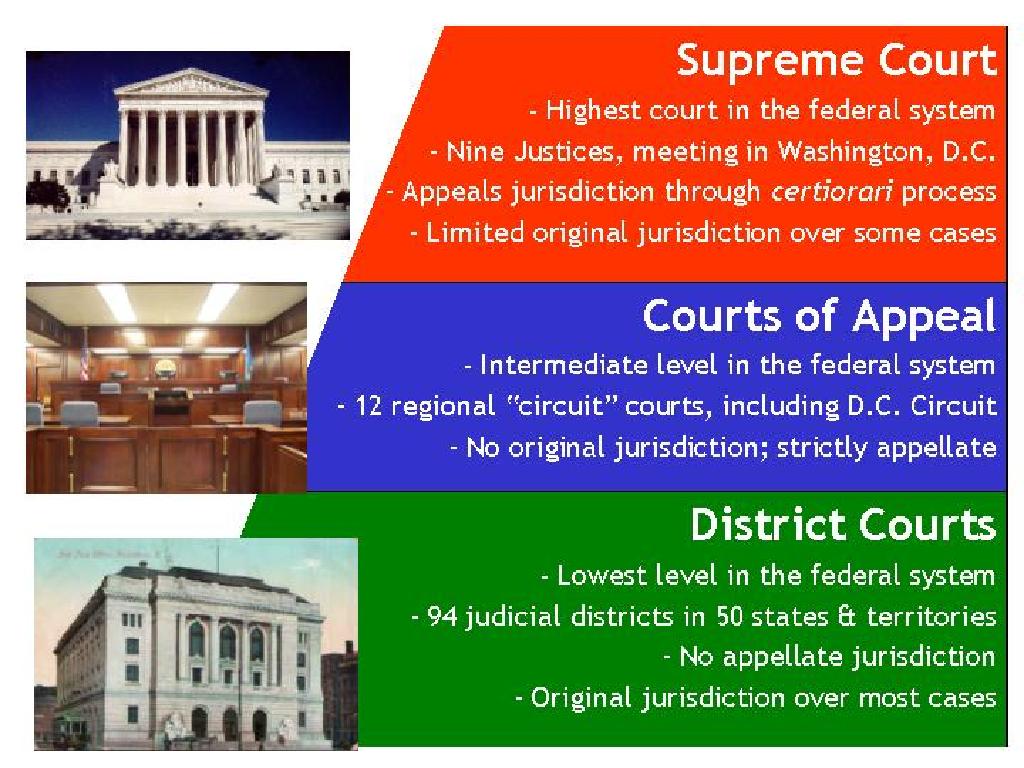Use Relative Pronouns: Who And Whom
Subject: Language arts
Grade: Fifth grade
Topic: Pronouns
Please LOG IN to download the presentation. Access is available to registered users only.
View More Content
Understanding Relative Pronouns: Who & Whom
– What are relative pronouns?
– Words like ‘who’ and ‘whom’ connect clauses and refer to people.
– The role of ‘who’ in sentences
– ‘Who’ is for the subject of a verb, e.g., ‘The artist who painted this is famous.’
– Using ‘whom’ correctly
– ‘Whom’ is for the object of a verb or preposition, e.g., ‘To whom did you give the book?’
– Importance of correct pronoun usage
|
This slide introduces the concept of relative pronouns, focusing on ‘who’ and ‘whom,’ which are used to connect clauses and refer to people. ‘Who’ is used when referring to the subject of a verb, the person doing the action. ‘Whom’ is used when referring to the object of a verb or preposition, the person receiving the action. Emphasize the importance of using the correct pronoun to make sentences clear and grammatically correct. Provide examples and encourage students to create sentences using ‘who’ and ‘whom’ to reinforce their understanding. This foundational knowledge will help them in writing and comprehension.
Exploring Pronouns: Who and Whom
– Pronouns replace nouns
– ‘Who’ for subjects
– Use ‘who’ when referring to the subject of a verb, e.g., ‘Who is calling?’
– ‘Whom’ for objects
– Use ‘whom’ when referring to the object of a verb or preposition, e.g., ‘To whom was the letter addressed?’
– Practice with examples
– We’ll do exercises to understand better
|
Begin with a quick review of what pronouns are and their function to replace nouns, making sentences less repetitive and cumbersome. Introduce ‘who’ and ‘whom’ as relative pronouns used to ask questions about people. ‘Who’ is used when the person is the subject of the verb, while ‘whom’ is used when the person is the object of the verb or preposition. Provide clear examples for both cases. Encourage students to create their own sentences using ‘who’ and ‘whom’ to solidify their understanding. Plan interactive activities where students can practice choosing between ‘who’ and ‘whom’ in various sentences.
Exploring Relative Pronouns: Who & Whom
– What are relative pronouns?
– They link clauses to nouns or pronouns
– ‘Who’ and ‘whom’ refer to people
– Use ‘who’ for the subject, ‘whom’ for the object
– Introducing relative clauses
– Relative clauses add extra details
– Giving more information about subjects
– They describe the noun in the main clause
|
This slide introduces the concept of relative pronouns, focusing on ‘who’ and ‘whom,’ which are used to connect clauses and provide additional information about people. Explain that ‘who’ is used when referring to the subject of a clause, while ‘whom’ is used for the object. Provide examples to illustrate the use of relative clauses, such as ‘The teacher, who loves books, recommended a new story’ and ‘The student, whom the teacher praised, felt proud.’ Emphasize the importance of relative pronouns in making sentences more informative and engaging. Encourage students to create sentences using ‘who’ and ‘whom’ to describe people in their own lives.
Using ‘Who’ in Sentences
– ‘Who’ as a subject pronoun
– ‘Who’ replaces the subject in sentences
– Example: Girl winning the race
– ‘The girl who won the race is my friend.’
– Activity: Find the subject
– In the example, identify ‘who’ is referring to
|
This slide introduces the relative pronoun ‘who,’ which is used to refer to the subject of a verb in a sentence. It’s important to explain that ‘who’ is used to provide more information about the subject. Use the example to illustrate how ‘who’ connects additional details to the subject. For the activity, guide students to identify the subject in the example sentence. The subject is ‘The girl,’ and ‘who’ is used to tell us more about her. This exercise will help students understand how to use ‘who’ correctly in their writing. Encourage them to think of their own sentences using ‘who’ to describe someone they know.
Mastering ‘Whom’ in Sentences
– ‘Whom’ as object of verb or preposition
– Use ‘whom’ when someone receives an action
– Example: ‘The man to whom I gave the book is my uncle.’
– ‘Whom’ is receiving the action of giving in the sentence
– Activity: Find the object in the example
– Identify ‘whom’ as the object linked to ‘the man’
|
This slide introduces the use of ‘whom’ in sentences, emphasizing its role as the object of a verb or preposition. The example provided illustrates ‘whom’ in a real context, showing its function in a sentence. The class activity is designed to reinforce the concept by having students identify the object of the verb or preposition in the given example. For the activity, guide students to understand that ‘whom’ is used to refer to the object of the action (in this case, ‘the man’ who is receiving the book). Encourage students to create similar sentences using ‘whom’ and to exchange sentences with classmates for additional practice.
Mastering Relative Pronouns: Who vs. Whom
– ‘Who’ replaces ‘he’ or ‘she’
– If you can say ‘he’ or ‘she’ then ‘who’ is correct
– ‘Whom’ replaces ‘him’ or ‘her’
– Use ‘whom’ where ‘him’ or ‘her’ fits in the sentence
– Practice examples together
– We’ll do exercises to apply these tricks
– Understanding usage in sentences
|
This slide is aimed at helping fifth-grade students understand the difference between ‘who’ and ‘whom’ with simple tricks. ‘Who’ is used for subjects in a sentence (like ‘he’ or ‘she’), while ‘whom’ is for objects (like ‘him’ or ‘her’). During the presentation, walk through examples, replacing ‘who’ and ‘whom’ with ‘he/she’ and ‘him/her’ respectively to check correctness. Encourage students to practice with sentences provided in class. This interactive approach helps solidify their understanding and prepares them for more complex sentence structures. The goal is for students to feel confident in identifying when to use each pronoun correctly.
Class Activity: Who or Whom?
– Split into groups for sentence creation
– Create a ‘who’ and a ‘whom’ sentence each
– Share sentences with the class
– Discuss the usage of ‘who’ vs ‘whom’
– Understand when to use ‘who’ (subject) and ‘whom’ (object)
|
This activity is designed to help students practice using the relative pronouns ‘who’ and ‘whom’ in a collaborative and interactive setting. Divide the class into small groups and instruct each group to come up with two sentences: one that correctly uses ‘who’ and another that correctly uses ‘whom.’ After the groups have created their sentences, bring the class back together and have each group share their sentences. Facilitate a discussion on why ‘who’ was used in some sentences and ‘whom’ in others, emphasizing the rule that ‘who’ is used when referring to the subject of a sentence, and ‘whom’ is used when referring to the object of a verb or preposition. Provide guidance and feedback to ensure students grasp the concept. Possible activities for different groups could include creating sentences based on pictures, scenarios, or responding to questions that require choosing between ‘who’ and ‘whom.’
Conclusion & Homework: Mastering ‘Who’ and ‘Whom’
– Congrats on learning ‘who’ and ‘whom’
– Write a short story for homework
– Create a tale with characters to apply ‘who’ and ‘whom’
– Use ‘who’ and ‘whom’ correctly
– Ensure ‘who’ is for subjects, ‘whom’ for objects
– Read your story aloud as a test
– Reading aloud helps catch errors
|
Well done on today’s lesson about ‘who’ and ‘whom’! As homework, students are tasked with writing a short story that includes correct usage of ‘who’ and ‘whom’. This will help reinforce their understanding of relative pronouns in a fun, creative way. Remind them that ‘who’ is used when referring to the subject of a sentence, and ‘whom’ is used for the object. Encourage them to read their stories out loud, which can help them hear whether they’ve used ‘who’ and ‘whom’ correctly. In the next class, we can have a few students share their stories to celebrate their hard work and understanding.

